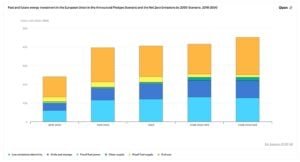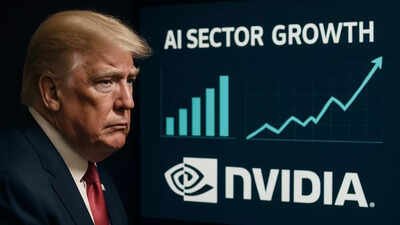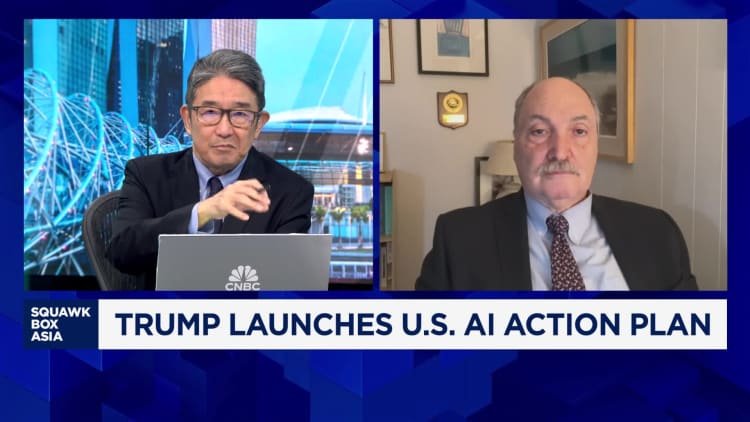Bitcoin surged to $119,700 on July 2, 2025, marking a 1% increase over 24 hours and pushing the global cryptocurrency market cap closer to $4 trillion, according to CoinMarketCap[1]. The rally coincided with renewed U.S.-China tariff negotiations, which traders interpreted as a sign of potential trade tension easing. Reports suggested both nations may extend their tariff truce for 90 days, fostering optimism in global markets and boosting appetite for risk assets like crypto.
Bitcoin’s price momentum was fueled by a combination of geopolitical developments and institutional activity. The U.S. and China planned to meet in Stockholm to finalize an agreement that could freeze tariffs, a move seen as stabilizing markets amid ongoing diplomatic efforts. Meanwhile, MicroStrategy issued a Bitcoin buy signal early Sunday, which analysts linked to increased institutional interest in the asset. The cryptocurrency’s hashrate also hit a record 932 EH/s, reflecting network strength and miner activity.
The surge extended beyond Bitcoin. Ethereum (ETH) climbed above $3,825, while BNB reached an all-time high of $825. CME futures for ETH saw record open interest of $7.85 billion, underscoring growing institutional engagement with altcoins. The broader market cap’s ascent to $3.94 trillion highlighted Bitcoin’s role as a leading driver of crypto’s performance, with its price remaining just 2.88% below its historical peak of $123,091.
Analysts tied the rally to macroeconomic and geopolitical factors. The resumption of U.S.-China talks historically coincided with periods of market optimism, as both sides sought to balance domestic political pressures with economic stability. While no immediate policy changes were announced, the willingness to engage constructively reduced uncertainty, diverting capital from traditional safe-havens like gold to Bitcoin. This trend underscored crypto’s evolving position as a digital alternative asset.
However, experts cautioned that Bitcoin’s gains were contingent on clarity from upcoming trade negotiations and central bank policies. The Federal Reserve’s next meeting loomed as a key event, with traders assessing how rate adjustments might influence risk-on sentiment. Institutional adoption also played a role, as major financial firms reportedly expanded their exposure to crypto derivatives. Yet, the absence of concrete policy commitments left room for volatility, with traders closely monitoring trade-related developments.
Bitcoin’s performance reinforced its correlation with broader market dynamics during periods of geopolitical uncertainty. Investors were advised to track not only the outcome of tariff discussions but also inflationary data and liquidity shifts. The interplay between these factors would determine whether Bitcoin sustains its upward trajectory or faces a correction as new information emerges.
Source:
[1] [title1: Bitcoin Jumps to $119700 as US-China Tariff Talks Resume] [url1: https://www.cryptotimes.io/2025/07/28/bitcoin-jumps-to-119700-as-us-china-tariff-talks-resume/]
[2] [title2: Stock Futures Rise After U.S.-E.U. Trade Deal, and Ahead of …] [url2: https://www.msn.com/en-us/money/markets/stock-futures-rise-after-u-s-e-u-trade-deal-and-ahead-of-big-fed-meeting/ar-AA1JoBLz?ocid=finance-verthp-feeds]







